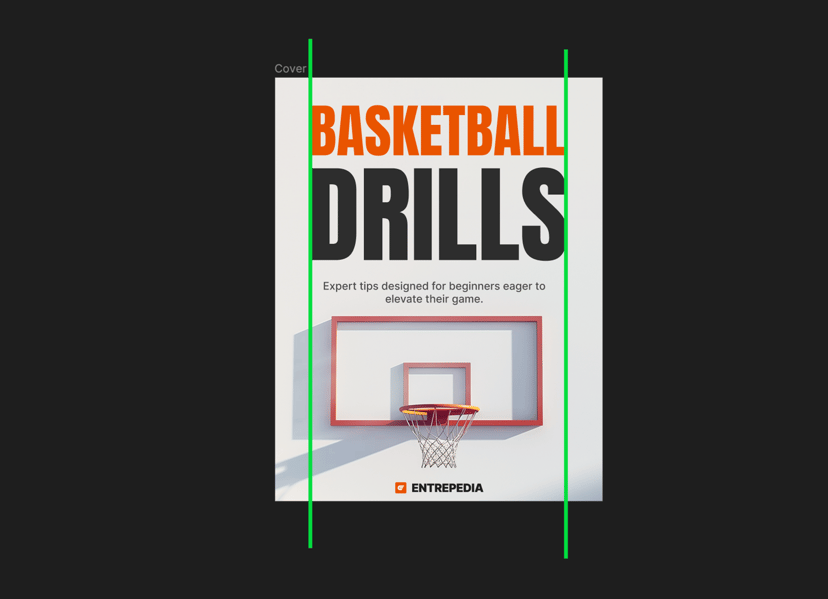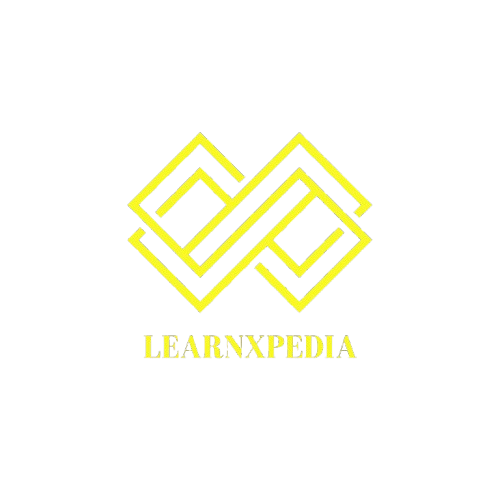Design eBook cover
Midjourney vs Dall·e 3
An effective cover not only grabs attention but also communicates the essence of your eBook in a glance. This chapter will guide you through designing an eBook cover that builds on the elements we have prepared in earlier chapters. It's about ensuring your cover not only looks good but also resonates with your target audience and enhances your eBook's marketability.
1. Choose Your Design Tool
Whether you design in Figma, Canva, or another tool, the specific software you choose is less important than how you use it. These tools all offer the capability to produce visually appealing layouts when combined with a strong understanding of design principles.
The simplicity and effectiveness of your cover design can be achieved through proper use of typography, color, and visual design principles. While I personally design in Figma because I come from UI design background, Canva is also just fine and can do the job, especially for those who prefer a more straightforward tool. What truly matters is leveraging these tools to encapsulate the essence of your eBook in a visually coherent and attractive manner.
2. Determine the Right Resolution
When setting up your canvas for the eBook cover, it's crucial to match the resolution and dimensions to the eBook's page size. For example, if your eBook platform, such as Learnxpedia, uses a standard page size of 612x792 pixels, your cover should be designed to the same dimensions. This ensures consistency in appearance across all pages of your eBook, which is important for a professional presentation on digital devices.
While it is important to have one resolution in which you are going to work, remember that you will have the project files and changing the resolution to fit some mockups later comes down to 2 minutes of work, so don’t overthink it.
Example
Learnxpedia uses a standard page size for it’s ebooks at 612px x 792px
3. Write the Content
1. Book Title
The title should be prominent and legible at all sizes. It’s the first thing a potential reader will notice, so make it impactful. You can use ChatGPT to brainstorm some book titles with you.
2. One-line Description
This should tease the content of the book in a compelling way, inviting readers to dive deeper.
3. Author Name/Logo
Including the author's name or logo on the eBook cover is essential for brand recognition and lends credibility to your work.
Example
Book title: Basketball drills
Book description: Expert tips designed for beginners eager to elevate their game.
Author Name: Learnxpedia (logo)
4. Get to designing
Now it’s finally time to put all your hard work together. The beauty in this is that you have done all the heavy lifting already, so this process will take just a few minutes

This is the layout I came up with, and as you can see, it is extremely simple but let’s break it down.

The whole layout is also aligned in one column, making it well balanced and pleasing to look at.

Don’t overthink it
As you can see, you can achieve a fairly great result with just a few elements and centered layout. Most of the work lies is generating a great image and following basic visual design principles.
Now, anytime you need to create new ebook for your brand, you can reuse the elements from this process and speed up the process even more.


